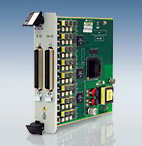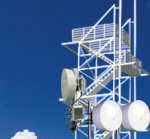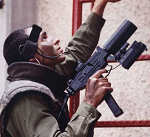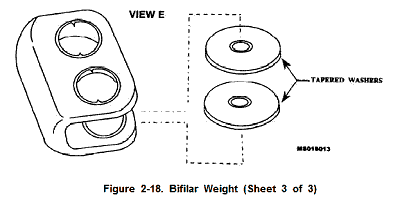
ABOVE: Allied Telesis iMAP
Allied Telesis Labs, the Raleigh-based subsidiary of Japanese conglomerate Allied Telesis Holdings K.K., yesterday pleaded guilty to charges that it conspired to violate the U.S. sanctions against Iran. The interesting wrinkle in this case is that the charges are based simply on unsuccessful negotiations that Allied Telesis Lab employees had with Iran’s Information Technology Company to rebuild telecommunications facilities in Tehran and other cities in Iran.
Allied Telesis Labs designs high-capacity “multiservice access platforms,” known as iMAPs, and similar products. Such iMAPs, which can route a large volume of telecommunications traffic, were a central component of the redesign and had been designed in Raleigh. In anticipation of concluding the contract, $2 million worth of iMAPs for the Iranian project had already been manufactured for Allied Telesis at facilities in Singapore.
Court documents, however, indicated that:
The contract negotiations [with Iran’s Information Technology Company] eventually collapsed, the telecommunications system was not installed and the iMAPs were sold elsewhere at a loss.
The only public comment from Allied Telesis on the guilty plea was that the employees involved in the contract negotiations had been fired.
Since the charges here were conspiracy to violate the Iran sanctions, the prosecution would not have needed to prove any exports or attempted exports to Iran. It would only need to prove sufficient overt acts in furtherance of the conspiracy. Certainly the negotiations with the Iranian company, the design of the iMAPs, and, most significantly, the actual manufacture of those iMAPs in anticipation of the award, would be sufficient overt acts in furtherance of the conspiracy.

 Posted by
Posted by  Category:
Category: 

 Virginia-based Wavelab
Virginia-based Wavelab  Seyed Mostafa Maghloubi, an American citizen of Iranian origin, was
Seyed Mostafa Maghloubi, an American citizen of Iranian origin, was 
 An interesting
An interesting 

